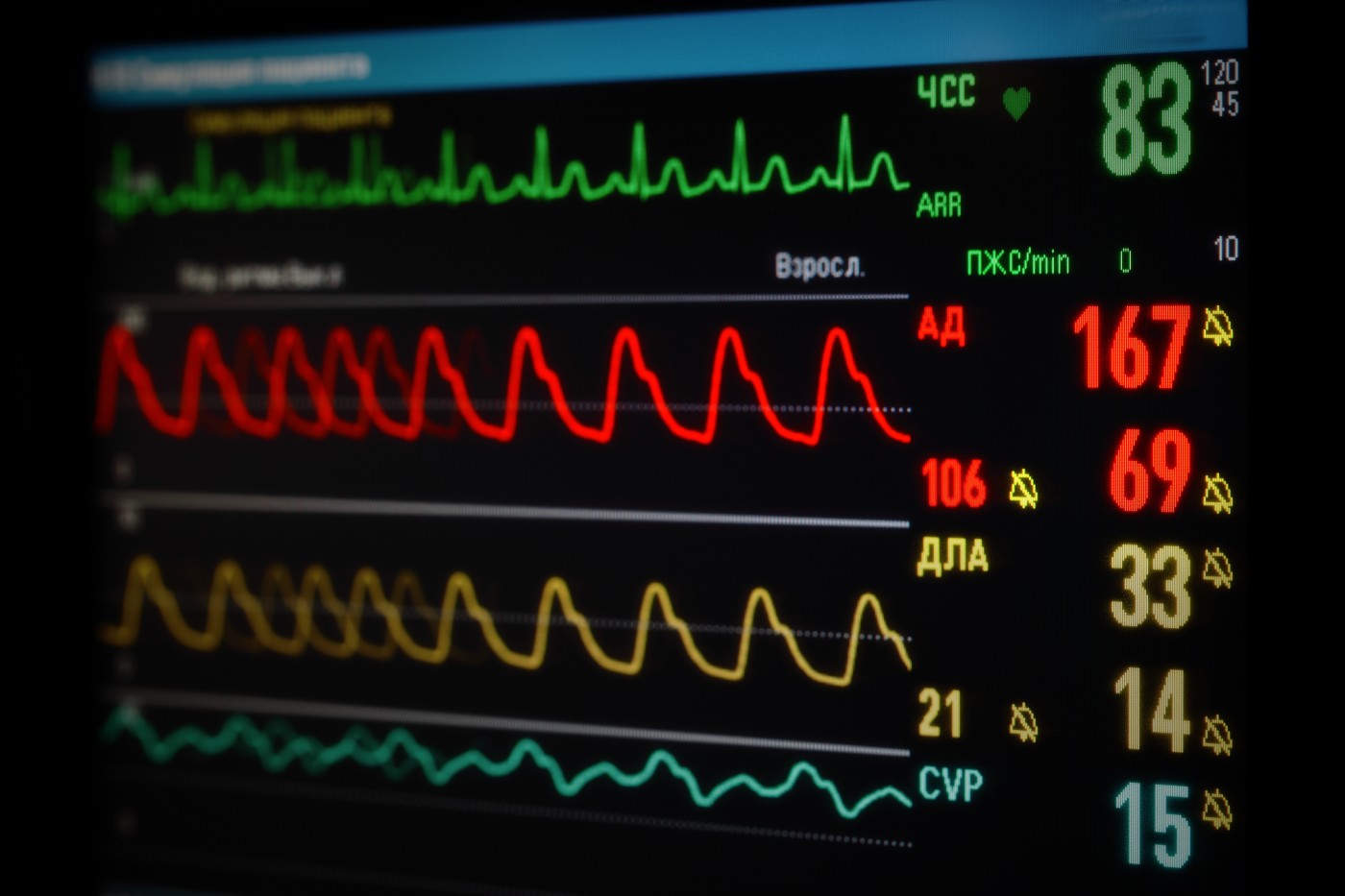Hemodynamic Exercise Response of PH Patients Seen to Predict Transplant-free Survival Chances

Pulmonary hemodynamic response to exercise can predict the transplant-free survival chances of people with pulmonary arterial hypertension (PAH) and chronic thromboembolic pulmonary hypertension (CTEPH), according to researchers at the University Hospital Zurich, Switzerland, studying the mean pulmonary arterial pressure to cardiac output (mPAP/CO) relationship during exercise in these patients.
The research, titled “Pressure-flow during exercise catheterization predicts survival in pulmonary hypertension,” was published in the journal Chest.
Impaired exercise activity is a common manifestation of pulmonary hypertension, a group of diseases that, in the absence of relevant lung and left heart disease, mainly comprises PAH and CTEPH. Such conditions are life-threatening, and early diagnosis is essential for effective therapy.
Recent prognostic parameters include the WHO-functional class (FC) and the six-minute walk distance (6MWD), which have demonstrated greater value for PH diagnosis and classification than the mandatory invasive hemodynamic measurement by right heart catheterization (RHC) at rest.
Pulmonary hemodynamic response to exercise has been shown to be a valuable classification tool in PH versus healthy patients. In previous research, the mPAP/CO relationship during exercise was able to distinguish actual and future pulmonary vascular disease patients from unaffected controls. However, its diagnostic value in PAH and CTEPH has not been fully explored.
The researchers evaluated hemodynamic data, assessed by right heart catheter, of 54 PAH patients and 16 CTEPH patients, at rest and during incremental cycling exercise in the supine position, in a median observational period of 610 days. Through different estimate analyses, researchers were able to calculate the rate of transplant-free survival and predictive value of hemodynamics.
Results showed that, during the period analyzed, 14% of the patients (10 patients) died and 4% (3 patients) received transplants. Transplant-free survival was 89%, 80%, 71%, and 59% at years 1, 3, 5 and 7, respectively. Factors such as age, six-minute walk distance, mixed-venous sulfur dioxide, and WHO-functional class — but not resting hemodynamics — impacted transplant-free survival. mPAP/CO successfully predicted three-year transplant-free-survival.
“In this collective of patients with PAH or CTEPH, pressure-flow-relationship during exercise predicted transplant-free-survival and correlated with established markers of disease severity and prognosis. Exercise right heart catheterization may provide important complementary prognostic information in the management of PH,” the research team concluded.







